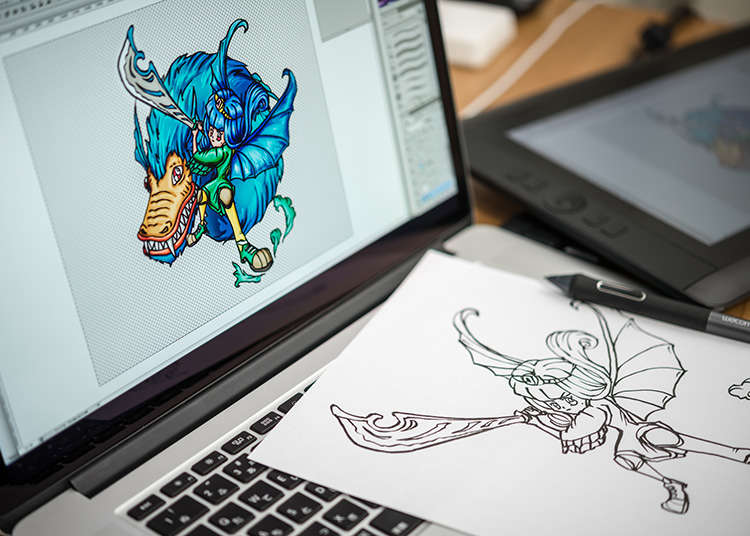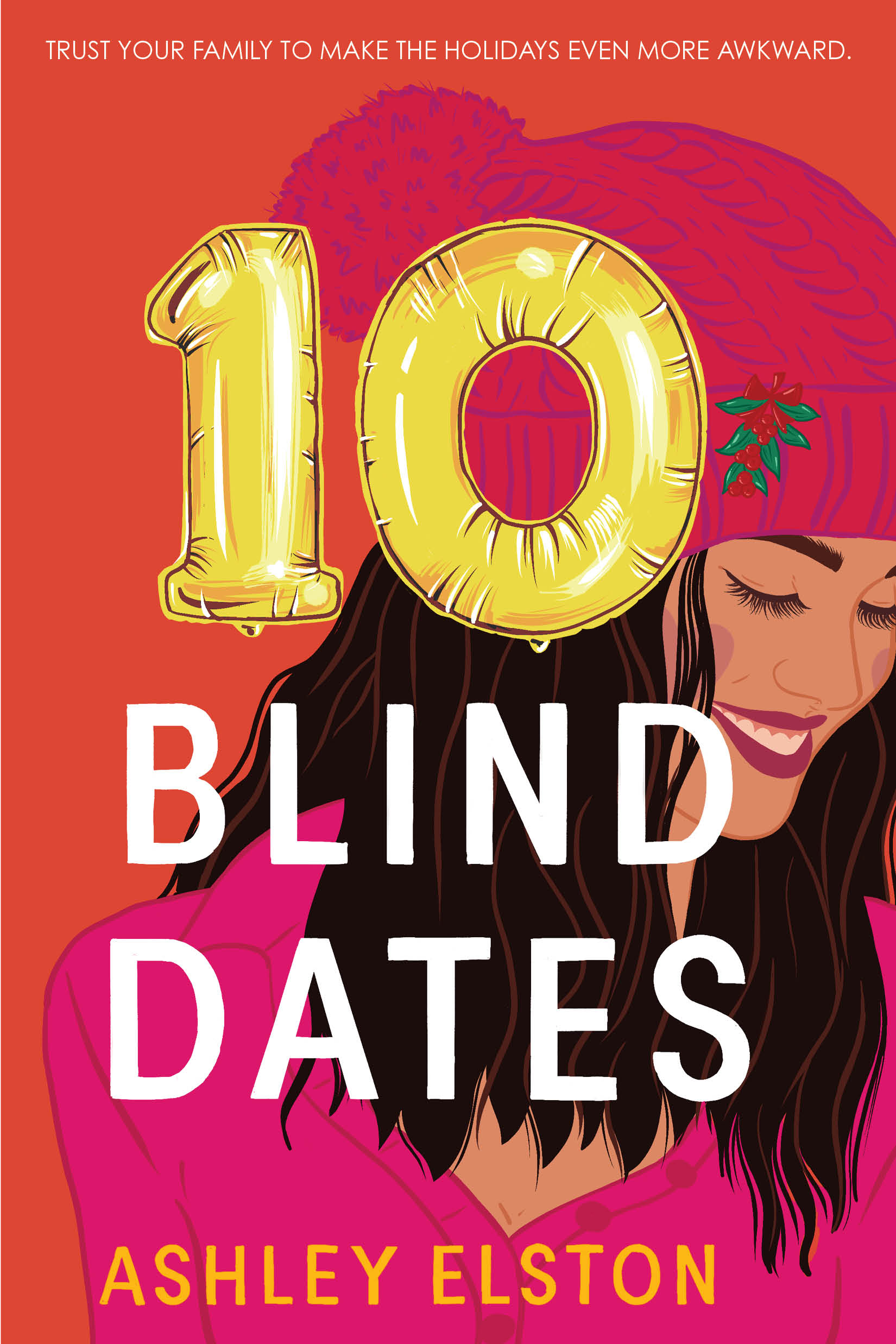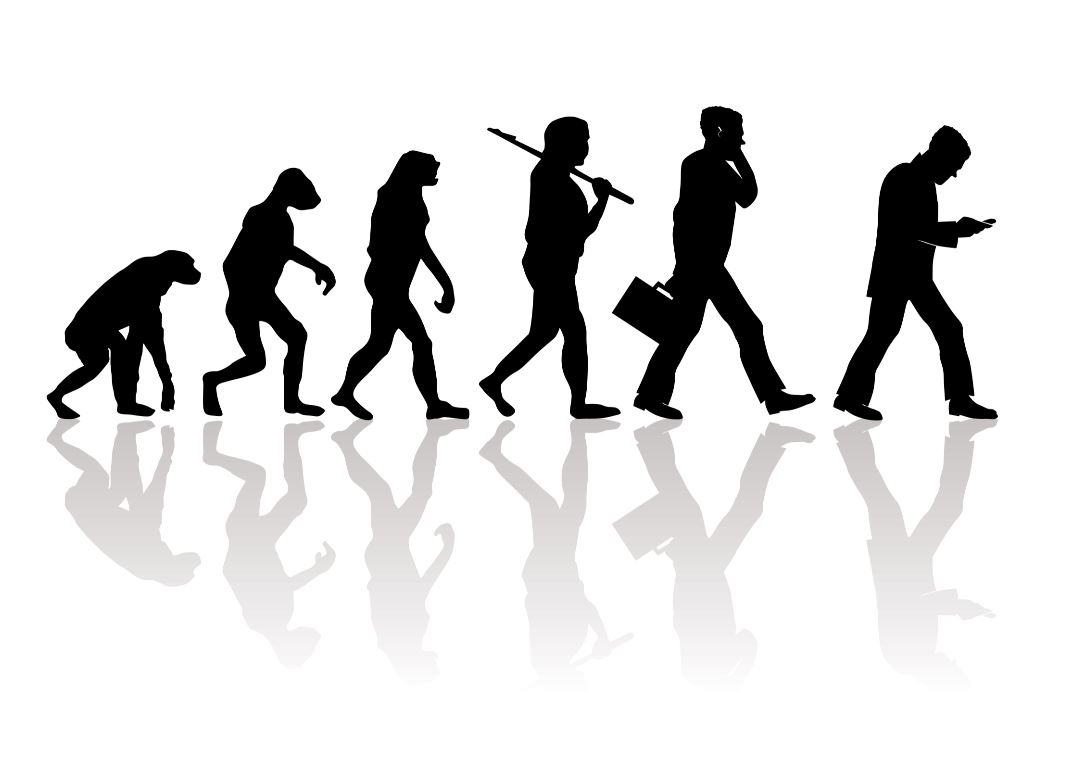
Contemporary art is very much about the concept of appropriation. Sherrie and other artists like her use many sources and often cite entire works. Levine's work questions gender roles and creative ideas as well as consumerism and the social origins art. Richard Prince and others have rephotographed prominent billboard advertisements as well as photos taken by photojournalists. They raise commercial images to new artistic levels.
Fair use
Appropriation is a popular art form, but it is also subject to copyright claims. Artists will often modify a work and play with its results. However, the doctrines of fair use have been criticized as being a thin line. To be fair, a work must be transformative in some way.

The recent case of fair use being denied in an appropriation-art dispute has brought about a legal debate. The Second Circuit of the United States Court of Appeals ruled in an amended decision that Andy Warhol's photo from the Prince Series was an infringement of his copyright and not fair use of the image.
Reenactment
Reenactment as art of appropriation can be described as an artistic method that makes use of historical events or themes in order to create a new work. This is transmedia storytelling, which plays with concepts such authority, translation, and resignation. It can be used to help you remember difficult topics and act as a way to do so.
The notion of reenactment has become an increasingly important term in cultural studies. This term is increasingly important because it addresses questions such as memory and transmission, cultural theft, and the potential of communities to stage their own history. It can also be understood as an attempt to address the absence of selfdetermined histories. This context has made artistic reenactment a form cultural appropriation, and an assertion that autonomy is possible in the face heteronomous histories.
Reconstruction
A Reconstruction of Appropriation Arts explores the process of appropriation by looking at its historical precedents. The 1930s and Kurt Schwitters' works are the main focus. The second examines the issue of appropriation in North American art. Douglas Crimp is an artist who contrasts styles from 1980s art with those of 1990s. This is an indication that this is just the beginning of a much larger issue.

Artists from the 1990s and beyond frequently use appropriation in their work. This is commonly known as "appropriation" art. It has been incorporated into every art form. While some may consider it repurposing it, others see it in the same way as re-editing the culture's "script of life."
FAQ
What are some positive elements of pop culture
Pop culture can be good. Pop culture gives people something to talk. It allows people to express creativity. Pop culture can be used to promote artists' work.
Pop culture brings people closer together, which I believe is the best part. Everyone wants to see the same shows. Everyone listens to the same music. People like the same movies. Pop culture allows us all to connect.
The problem is that not all pop culture is healthy. Many films glorify violence. Some television programs make fun at people with mental disorders. Some bands also encourage fans to take drugs.
So, what can we do with pop culture's negative side?
We should try to avoid the negative parts of pop culture. We shouldn't let it influence us. It can pose a threat to our health. It can lead you to crime. It can even lead to a loss of love.
Pop culture has a positive or negative impact on society. Is it promoting good values? Are people being encouraged to do wrong things?
Lastly, let's ask ourselves if we are content with the world we live. Do we enjoy the music that we listen to? The TV shows we watch? What clothes do you wear?
If we care about our future, we must take responsibility for our actions. It is up to us to choose the kind of world that we want. Then we can choose the right type of pop culture.
What examples of pop culture are there in 2021?
On the 11th of September 2001, two hijacked aircraft crashed into the twin towers at the World Trade Center in New York City. This day would be called 9/11.
These events have had a profound impact on popular culture, and they continue to have an influence today. We can see how the event has influenced our lives in many ways.
Television shows like 24 and movies like United 93 are included. They tell the story of the events that took place on the flight from Boston, Massachusetts to Los Angeles on September 11, 2001. Dexter Filkins' The Forever War book is included.
All of us can recall where we were at the time that we heard about the attacks. Some people jumped out of their beds and went outside. Others read newspapers or watched TV.
Pop culture is constantly evolving. It reflects society and provides inspiration. How will popular culture change next year? We are not able to predict the future. We know that it will be different from what it was before.
How did pop music get started?
It was accidental. It was an accident. The first song was accidentally written when someone knocked over the piano while playing on New Year's Eve 1920.
The recording company loved the music and decided to make it a single.
This became the first recorded hit single.
Pop music has been the most popular form today of musical entertainment.
Are Tik Tok and its pop culture?
Yes, it is! It's not limited to teenagers. These short videos can be shared with friends and family to share their emotions, thoughts, and life moments.
Every day, the app is used by over 200,000,000 people worldwide. This number continues to grow by millions every single day.
This makes TikTok an incredible opportunity for brands to connect with consumers and build meaningful relationships.
TikTok is also home to many influencers who have built massive followings on the platform. These creators create original content and engage audiences around the world.
Don't wait! Here are four options to help you take advantage this trend.
-
Create Viral Content
-
Engage Influencers
-
Use Visuals Effectively
-
Create with Your Audience
Who came up with the term Pop Music?
Frank Zappa invents the term pop music. His style of music was described by Frank Zappa using the term pop music.
He said that he wanted music to appeal to everyone. His music is called pop music because of this.
Zappa also created the phrase "You know it's POP when..." which means that something is really popular if many people enjoy it. Michael Jackson's Thriller album, for example, is one of his most popular albums.
Zappa's definitions for pop music are quite different from the current. Pop music is today all music. But, there were only certain types of music that was considered pop back in those days.
What can I do to use pop culture in my marketing strategy
It is important to study the trends to see how pop culture can be used in marketing strategies.
Let's say, for instance, you wanted to promote a movie. What kind of promotion could you run?
You could make a trailer using clips taken from the movie. You can even find clips that feature your products and services to include in your trailer.
Another option is to create a parody trailer using clips from other movies.
A promotional campaign could be created based on the plotline of the movie if you were promoting a product/service that is related to the movie's theme. For instance, if the movie is set in outer space, you might want to advertise a product that helps astronauts stay healthy while traveling through space.
Promos could be run for businesses that are related to the movie's plotline. If your company sells food products, you might offer customers free samples if they buy tickets to the movie.
What is the popular music culture?
Popular Music Culture is an ever-changing phenomenon that takes many forms.
Music and lyrics are the main characteristics of popular music culture. It also includes the impact of visual media such as television, fashion and advertising on artists' careers, as well as public perception.
It's also about how fans interact with their favorite artists.
One element of popular music culture is the emergence of "superstars" - artists who have achieved fame and fortune for themselves.
These celebrities often transcend genres to become cultural icons. The evolution of popular culture has been influenced by their popularity.
Other elements of popular music culture include:
* The rise and development of recording technology, from acoustic instruments through to electric guitars or microphones.
* The invention of the record player and the radio;
* The birth of rock'n roll.
* Introduction of film and TV;
* The birth MTV and VH1
* The creation of the internet.
Statistics
- According to Kathryn Sorrells (2013, pp. 142-144), there are several ways that we can become informed consumers of popular culture. (socialsci.libretexts.org)
- According to Dictionary.com, popular culture, or low culture as it is sometimes referred to is comprised of the “cultural activities or commercial products reflecting, suited to, or aimed at the tastes of the general masses of people” (7/21/19). (socialsci.libretexts.org)
- In 1987, US films captured 56% of the European film market. (socialsci.libretexts.org)
- Recently, the market share across Western Europe has ranged from 60-75% (Hopewell, 2013). (socialsci.libretexts.org)
- For example, the term hater meaning someone who strongly undermines or criticizes others, often due to pathetic jealousy, likely emerged from hip hop culture, such as the term playa hateras, used by influential rapper Biggie Smalls as early as 1995. (simplicable.com)
External Links
How To
What is pop culture and how does it relate to movies?
Popular Movies Culture is a collection of all things entertainment including books and magazines, newspapers, television programmes, websites, blogs social media, apps, games and more.
Movies can be divided into three types: comedy/dramatic, horror (action/aventure), fantasy, science fiction and romance.
Movie plots often follow a predictable series of events that lead to satisfying conclusions.
A movie's success will depend on how well it follows this formula.
Some of the most common plot points are:
-
The protagonist must overcome obstacles in order to reach his/her goal.
-
An antagonist that opposes your protagonist throughout the film.
-
A moral dilemma that demands the protagonist to make an informed decision.
-
A twist ending that transforms everything
If your story does not fit in one of these categories you might need to reevaluate or outline your idea before you write.
These questions are particularly important to consider:
-
How do I establish my setting?
-
What does my protagonist want?
-
Why should readers care?
-
Where is my story taking me?
-
Who is my main person?
-
Are there going to be any conflicts?
-
What is the climax
-
What's my resolution?
-
Is the end happy or sad?
-
Do I introduce new characters?
-
Do I have multiple settings in my story?
-
Is there a subplot?
-
Are there major themes?
-
Can I tell a complete tale in just one chapter?
-
Am I using dialogue effectively?
-
Are my words clear and concise?
-
Is my vocabulary appropriate to the context?
-
Have I used active voice instead of passive voice?
-
Are there spelling errors?
-
Is my grammar correct?
-
Are there too many adjectives?
-
Are there any other things I could do?
-
What's my first impression when I'm finished editing?
Your job is not only to write a good book but to get it published.